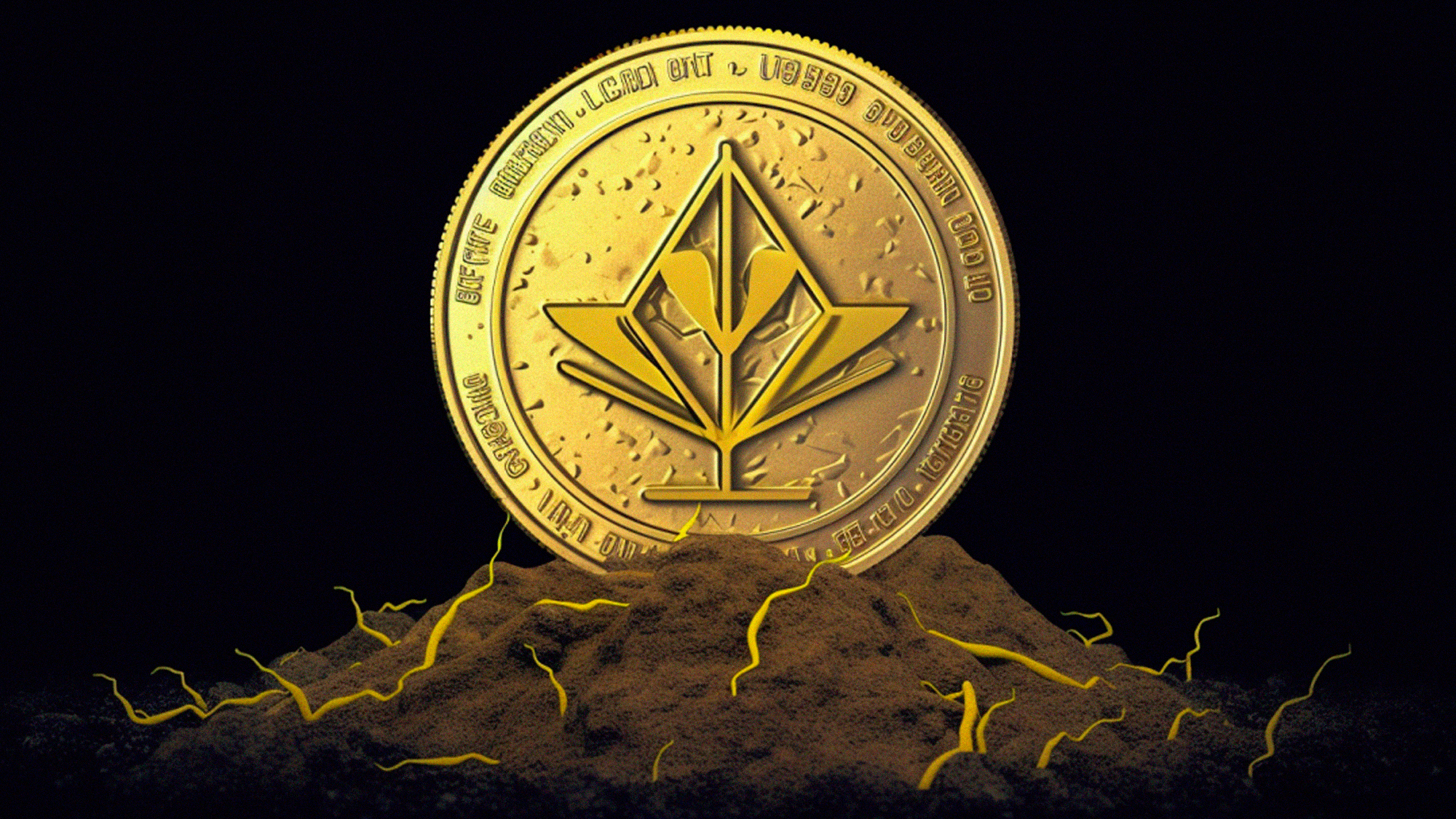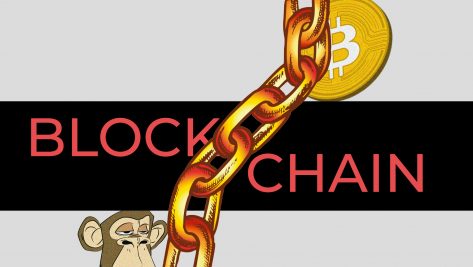For many, cryptocurrency might seem like a 21st century craze, but the concept has been around for much longer than that. Anonymous money transfers were possible over the internet as early as the early 1980s and the word cryptocurrency was actually coined before the end of the century. Then, in 2008, with the publication of Bitcoin: A Peer-to-Peer Electronic Cash System by Satoshi Nakamoto, the first decentralized digital currency based on blockchain technology was born. Bitcoin has since reached mainstream use as a worldwide payment system (one that has certainly had its ups and downs since hitting its first high of $US 20,000 in 2017.)
Of course, Bitcoin did not remain the only player in the field for long. In 2015, Ethereum emerged as Bitcoin’s main competitor. With Ethereum, Vitalik Buterin introduced a way to build decentralized applications, which, as Don and Alex Taspcott wrote about in their, frankly visionary, 2016 book Blockchain Revolution (in fact I wrote the foreword to the Spanish edition), allowed blockchain technology to benefit from applications other than money. The momentous aspect of this argument was that it meant actual assets, like property or stocks, could then be attached to the blockchain.
In September 2022, Ethereum made move, a leap really, in differentiating itself from Bitcoin and this is in the manner of their consensus mechanism. Bitcoin uses a proof-of-work network, in which the network is secured by randomly selected miners to validate transactions and create new blocks. This is a costly endeavor, in both time and money. Thanks to “The Merge,” Ethereum has transition from the proof-of-work model to a proof-of-stake model, meaning that validators are chosen based on the number of coins they hold and are willing to “stake” as collateral.
With this evolution, Ethereum (“2.0”) has improved scalability and energy efficiency and has put a dent in the environmental impact of mining. In fact, cryptocurrency electricity consumption slashed by more than 99%, prompting a huge increase in the number of transactions. Some observers have compared this spectacular modification of Ethereum’s consensus algorithm – one that must be executed in all transactions to incorporate them into the blockchain – as akin to repairing an airplane midflight. This is not an exaggeration. Even Keven Roose of the New York Times put Ethereum, thanks to The Merge, on his “2022 Good Tech Awards” list. The Ethereum developer community proved its ability, and this in turn generated confidence in the system.
Ethereum is based on a philosophy of constant evolution.
Improvements to Ethereum do not stop there, however. This past April, Ethereum announced the Shapella upgrades, aimed at making the coins consigned to the verification nodes liquid, which means that they can be bought and sold (and users can finally withdraw their stake, their Ether). According to Ethereum’s algorithm, a verification node must stake 32 coins, and it can be hosted on any computer, with no other requirements other than an internet connection and the ability to run the corresponding application. This is not particularly demanding in resources, requiring between 4GB and 8GB of RAM, along with a 2TB SSD hard drive.
By staking 32 ethers (roughly €54,000 at the current exchange rate), anyone can start verifying transactions and earn commissions of between 5% and 8%. A completely passive return of 5% and 8%, risk-free, is not something to be sneezed at. Not only that, but there are services that bring people together for shared ownership nodes, meaning an individual doesn’t need 32 Ethers to own some part of a stake.
So, what has happened since The Merge and Shapella? The volume of Ether held on centralized exchanges has fallen to an all-time low, and it continues to fall. Exchanges such as Coinbase, Binance and many others, are where most users go to acquire cryptocurrencies. This is called onboarding: theoretically, we can buy cryptocurrencies from anyone who has them, but since a market would be cumbersome, complex, and possibly dangerous, most people choose to use exchanges.
Until now, many users, after acquiring Ether on an exchange, and not needing to make that money liquid immediately, staked on the exchange itself. This gave them a return for their money, yes, but it also centralized their risk and tied it to the exchange. This means that users are at the mercy of, for example, the bad decisions of the exchanges managers. We all saw how that worked out for users of FTX. As some say: NYKNYC. Not your keys, not your coins. You don’t have control over your cryptocurrency unless you have them in a digital wallet – and a private key to that wallet.
The percentage of Ether held by exchanges before the Shapella update was around 25% of the total. After the update, it dropped to about 15%. This speaks volumes about the adoption and performance of the change in the protocol. Indeed, the Shapella update sent the number of verification nodes in the hands of individuals skyrocketing, and the reason is simple: building a node is relatively simple and it amounts to a risk-free passive return.
As a result, Ethereum is now the most widely used and the most decentralized cryptocurrency. The Bitcoin ecosystem was (still is) about miners, usually large companies with huge data centers that consume a lot of electricity. Ethereum, in contrast, is characterized by individuals with a computer connected to the internet, generating tangible profits – since the only thing that decides which node verifies which transaction is a random algorithm, it’s a level playing field.
Ethereum is based on a philosophy of constant evolution, of adapting to the times. In the hands of an open and transparent community of developers, it could very well become the money of the future. More and more people, given the choice between buying a Bitcoin or sixteen Ethers, opt for the latter.
My parting shot: if this is the first thing you’ve read about Ethereum, it’s time to get with the program because this is the future of money.
A version of this article was originally published in Spanish in El Español.
© IE Insights.











